Over the past decade, Iceland has transformed from an off-beat destination to a popular bucket list adventure. Frankly, it’s surprising this didn’t happen sooner. Iceland has something for everyone, whether you want to immerse yourself in awe-inspiring nature, witness epic scenery from a tour bus or soak in natural hot springs.
In 2018, over 2.3 million international tourists visited Iceland, a country with fewer than 400,000 residents. While there’s been considerable government and business investment to encourage tourism – which was instrumental in propelling the Icelandic economy out of its post-2008 financial crisis slump – Iceland’s own charms are the reason the marketing works and plenty of people spend plenty of money to visit.
If you’re dreaming of a quiet, crowd-free getaway, Iceland will disappoint you (may we suggest the Faroe Islands?). Reykjavik is flooded with souvenir shops. Expensive paid parking is prevalent, especially in the south. You can certainly craft an itinerary to avoid crowds – we cover this below – but visiting Iceland in the 2020s will entail contending with other tourists.
This guide – which is based on our own two-week trip to Iceland in December 2023 – will cover all the practicalities that you’ll want to consider as you start planning your bucket list Iceland trip. We’ll provide a brief overview of the different regions, and give tips for ways you might want to amend the classic Ring Road trip to better suit your personal interests (something we highly recommend). You’ll also learn tips for driving the Ring Road, as well as our take on what it’s really like to visit Iceland during the darkest days of winter.
What’s Included:
- How to Get to Iceland
- How Much Time to Spend in Iceland
- The Best Time of Year to Visit Iceland
- How Expensive is it to Visit Iceland?
- What is Iceland’s Ring Road and is it Right for Me?
- The Ideal Way to Get Around in Iceland
- Where to Stay During Your Time in Iceland
- What Should I See? Overview of Iceland’s Regions
- Tips for the Perfect Winter Trip to Iceland
How to Get to Iceland
Iceland is located in the North Atlantic, roughly halfway between Greenland and mainland Europe. The most popular way to reach Iceland is by flying into the country’s main airport, Keflavik, which is located in the southwestern Reykjanes Peninsula, about an hour outside of the capital Reykjavik. Flying from the eastern US takes about six hours, while flying from London is about three.
To visit Iceland, many people take advantage of Icelandair’s popular ‘free stop-over’ program. It allows passengers to stay in Iceland for up to seven nights en route to another destination without changing the cost of their round-trip ticket. Although the service has been around since the 1960s, it became extremely popular following a 2014 marketing campaign. Nevertheless, we don’t think it’s a good option if the purpose of your visit is to drive the Ring Road. You’ll need more time than seven nights.
Although flying is certainly the most convenient way to arrive in Iceland (especially if you’re coming from the US), you can also arrive by ferry from the Faroe Islands and Denmark. The Smyril Line ferries arrive in the northeast of the country, at the port of Seyðisfjörður. If you are coming from Europe, and have the extra few days to spare, this is a great money-saving option as you can bring your own car on the ferry, saving a considerable amount on car rental fees.
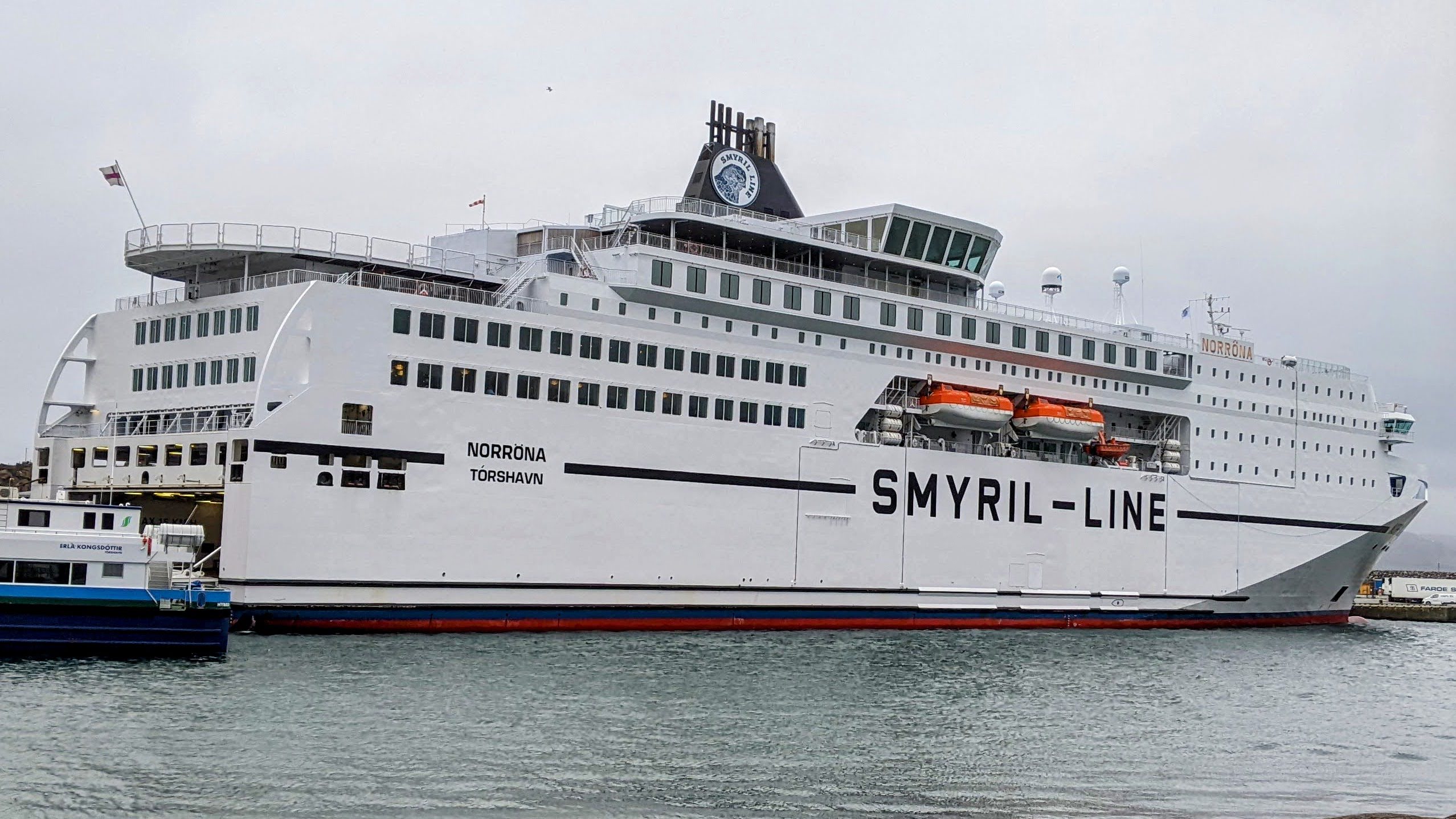
How Much Time is Enough to See Iceland
Iceland may not be a large country, but it deserves more than a brief visit. During summer, when the sun stays out late, you might be able to cover the Ring Road with a week-long trip (albeit, one with a hectic itinerary). During the winter when the days are shorter, you’ll need to budget more time. Two weeks is a good amount, and gives you some leeway should you need to change your plans due to bad weather. Check out our 14-day Ring Road Itinerary for inspiration.
Even if you’re not driving the Ring Road, we recommend erring on the side of more time in the country rather than less. Yes, it’s more expensive, but you’ll have more time to venture outside of the common tourist destinations and see pretty, peaceful landscapes. In a country as touristed as Iceland, finding these calm, seemingly undiscovered corners can make the difference between a nice trip and a truly memorable one.
The Best Time of Year to Visit Iceland
Iceland’s high-season is between June and August, when long days and comparatively warmer temperatures make it easy to spend long days exploring. The plus-side is that you’re able to do a lot in a single day when the sun hardly sets. The down-side is damp, chilly weather, and more visitors jostling for space at popular locations.
Iceland’s shoulder seasons last roughly from mid-May to mid/late-June, and from September to mid-October. During this time period you’ll still have plenty of light, and the weather will be decent, though chillier than you’re likely used to during spring and autumn. There will still be people, but fewer. If seeing the Northern Lights is NOT a reason for your trip to Iceland, spring can be a great time to visit. If you do want to see the aurora, autumn is an excellent time for a trip.
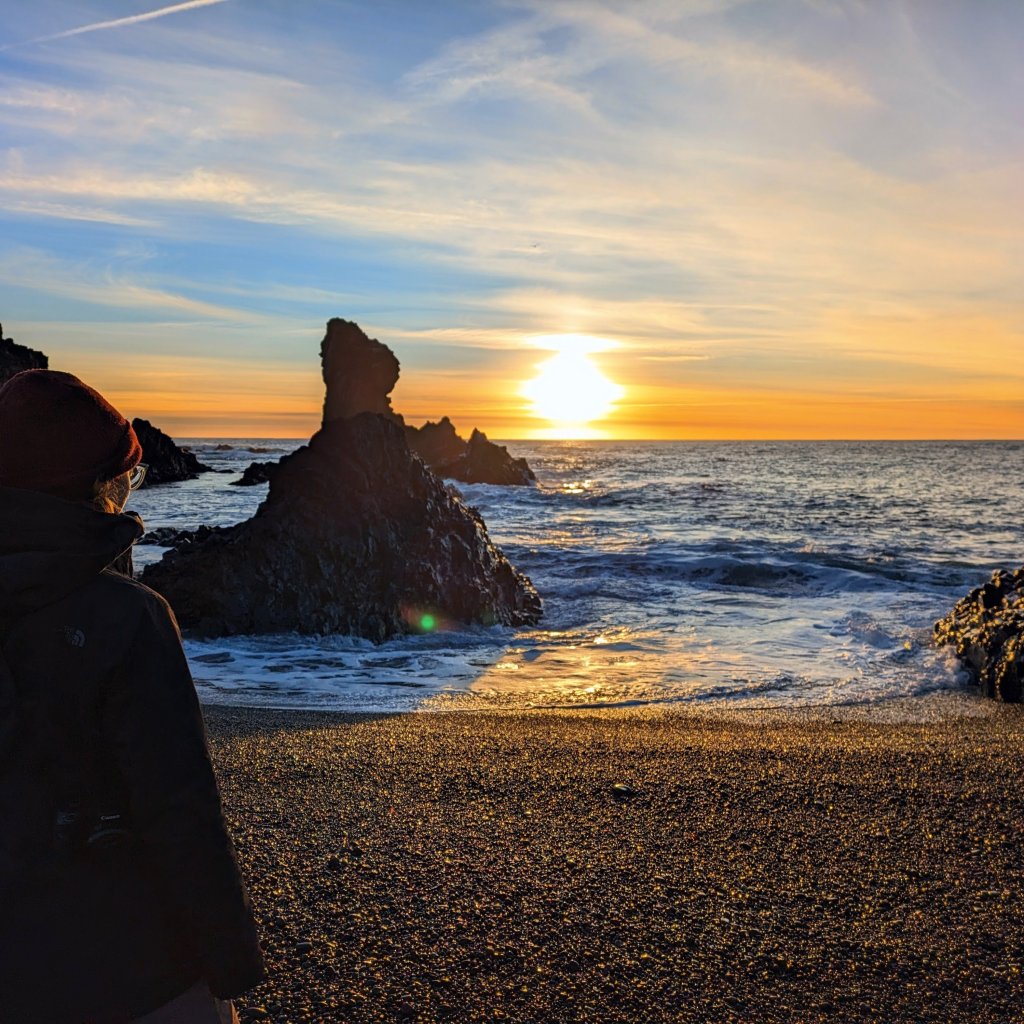
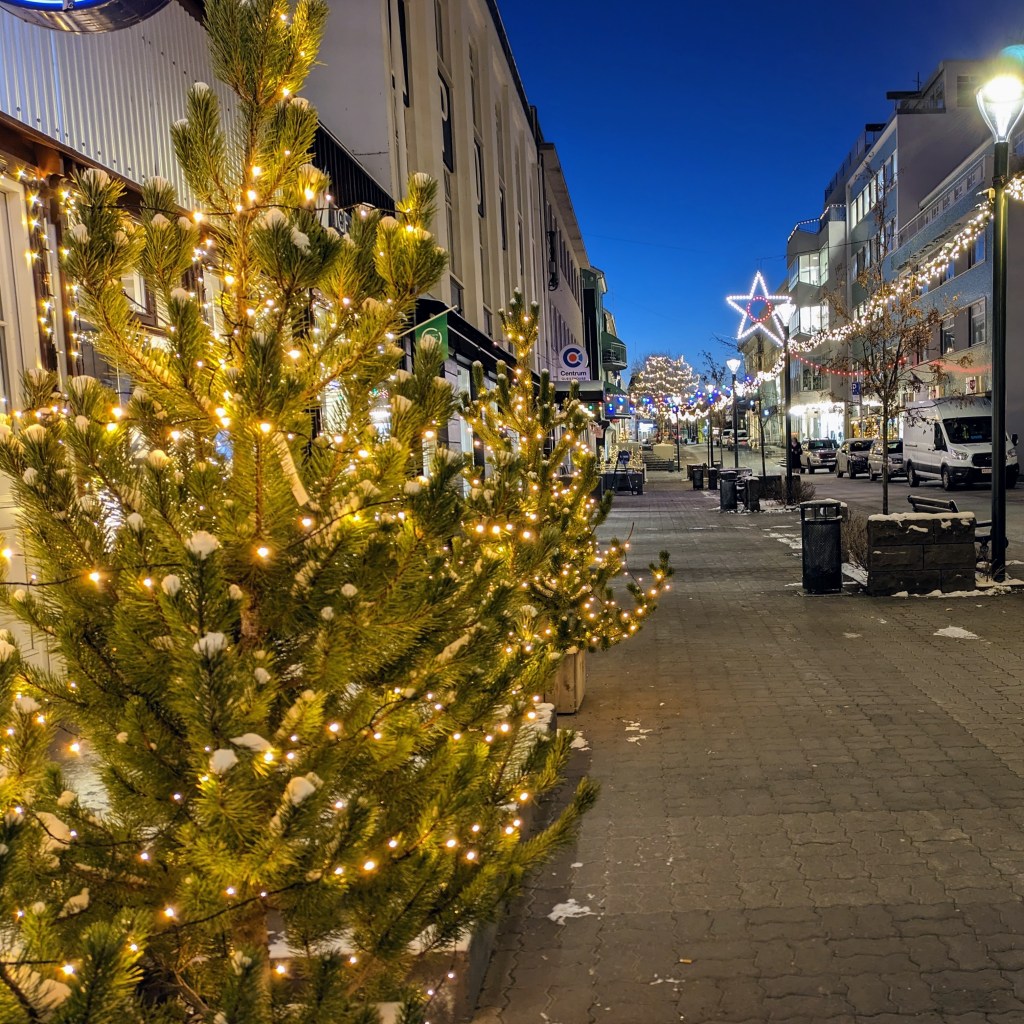
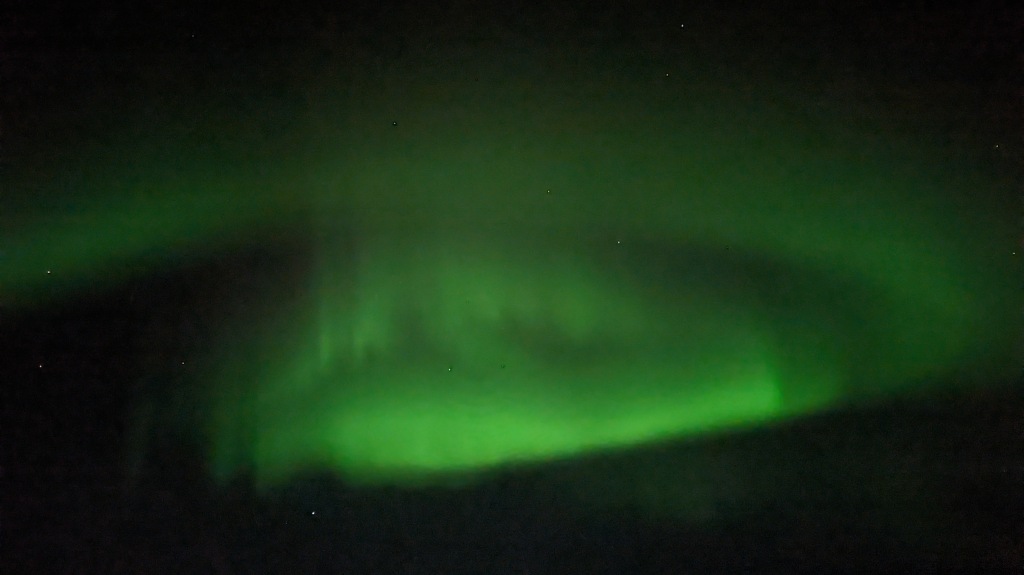
Iceland’s low-season spans roughly November to April, or winter, and it’s when you’ll find the lowest prices and the fewest tourists. The experience you’ll have during your visit ranges hugely during this period, based on both the hours of daylight and the weather. Starting in November, the days start shrinking rapidly. On the shortest day of the year, Reykjavik has just four hours of daylight, while Akureyri (the largest town in the north) has three. By the beginning of February, this has already lengthened to over six hours of daylight. Northern Iceland and the Westfjords can receive significant amounts of snow during the winter, which can close roads and make them impassable. While there is less snowfall in the South, snow combined with heavy winds can cause roads to close with short notice and force you to quickly update your plans.
Most travelers to Iceland during the low season will choose to visit during the very beginning or end of the season. If you’re choosing between the two, we recommend opting for the beginning of the season. This is also a good period for seeing the Northern Lights.
How Expensive is it to Visit Iceland?
There’s no sugarcoating the fact that Iceland is an expensive country. Food, fuel, accommodation, souvenirs, parking – it’s all expensive. Be prepared to spend more than you’d expect, and then a bit more than that.
There are some ways to save money if you’re dead-set on a visit but also on a budget. Traveling during the off-season can halve prices for hotels and flights. If you’re able to travel by ferry and bring your car, you’ll save a ton on a rental. Electricity is relatively cheap in Iceland and there’s decent charging infrastructure in the south, which means that renting an electric car instead of a gas one is a viable option (you can also get a small savings by renting a plug-in hybrid and charging frequently).
If you want to trim expenses further, you can opt to camp during the summer months or rent a campervan. Choosing to cook your own food – whether during a camping trip or at Airbnbs – will also save some money, though perhaps not as much as you’d expect or like (groceries are still quite pricey). Admission into fancy, tourist-targeting hot springs can be quite expensive, but local swimming pools with ‘hot pots’ (hot tubs) offer the same warm waters at a lower price (around 900 ISK, or $7). For the ultimate budgeter, there are a handful of marked road-side natural hot pools around Iceland which you can jump into for free.
Iceland will never be a budget location. Frankly, we don’t think you should try and make it one. You’ll have a better time if you’re prepared to spend money on the activities and experiences you want to have whilst in the country, rather than trying to cut corners while you’re there.
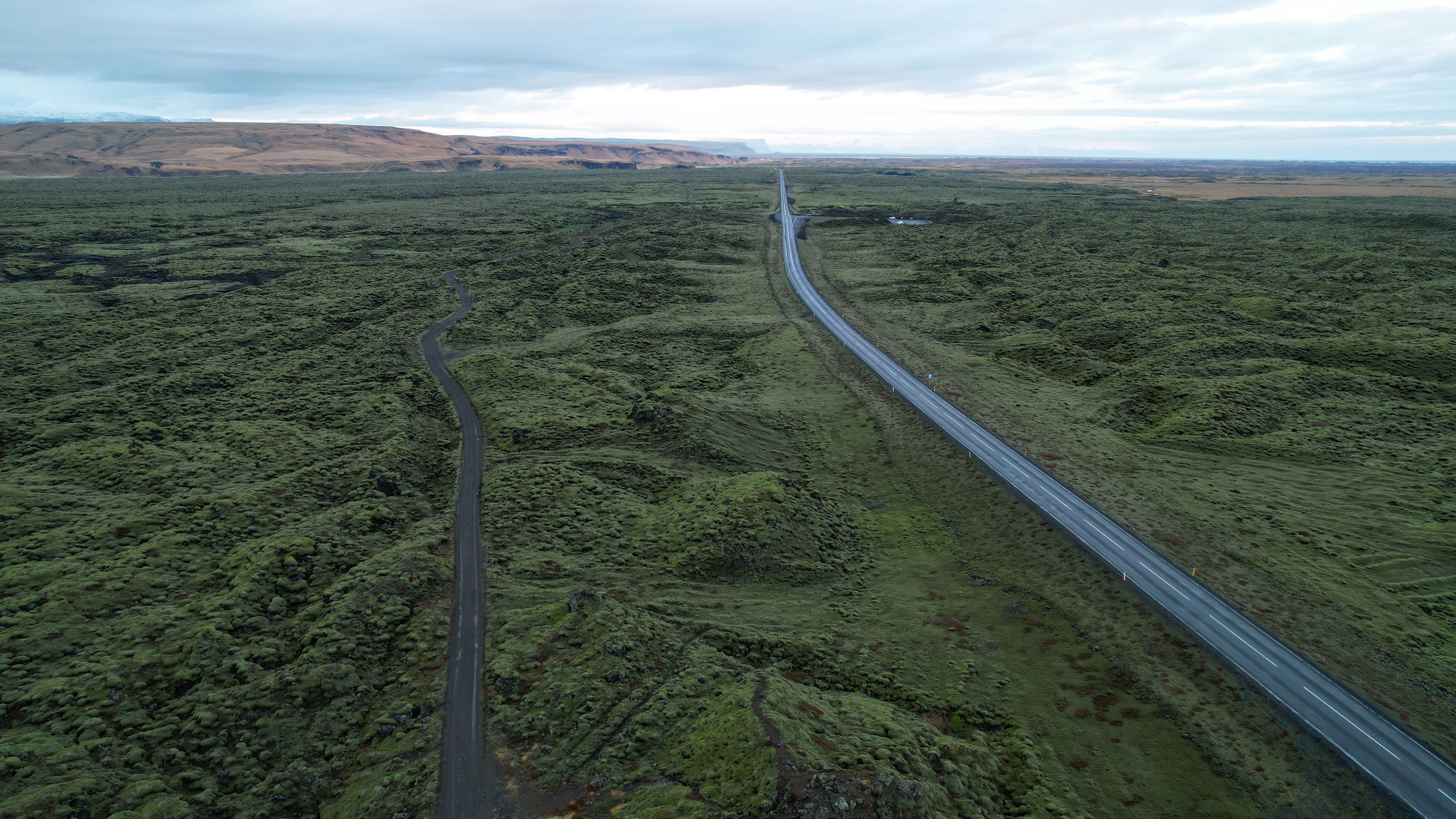
What is Iceland’s Ring Road and is it Right for Me?
As you start researching a trip to Iceland, you’ll encounter plenty of information about traveling the Ring Road, an 820 mile highway that circumnavigates the island. It’s become a popular way to see Iceland as it mixes some of the country’s biggest attractions with less-discovered (though no less enjoyable) ones.
Driving along the Ring Road during summer and during winter are two very different experiences, largely dictated by the amount of light you’ll have and how much you’ll be able to see. During the peak of summer when there’s just minutes of darkness, you’ll be able to cover a lot during a day. During winter, you’ll be driving mostly in darkness to maximize the amount of light you do have for sightseeing. Consider what you want from your trip when deciding when is the time you want to visit.
We chose to follow the Ring Road when we visited in December 2023. This was partly a question of ease; we wanted to see as much of the country as possible and this was a straightforward way to do so. But our experience convinced us that while it can be a marvelously rewarding way to see Iceland, it’s not the only or best way to experience the country.
If you’d like the experience of a drive, but also want to try and avoid the crowds, look into the Arctic Coast Way. This emerging, and as of yet largely undiscovered, tourism route traces the fjords along Iceland’s northern coastline. You’ll enjoy charming towns, stunning fjords and plenty of quiet. If you want to do more 4×4 driving and are visiting during the summer, consider planning a trip into Iceland’s rugged highlands. And if you’re after some amazing hikes, scenery and solitude, you may be best off devoting your time to the Westfjords region.
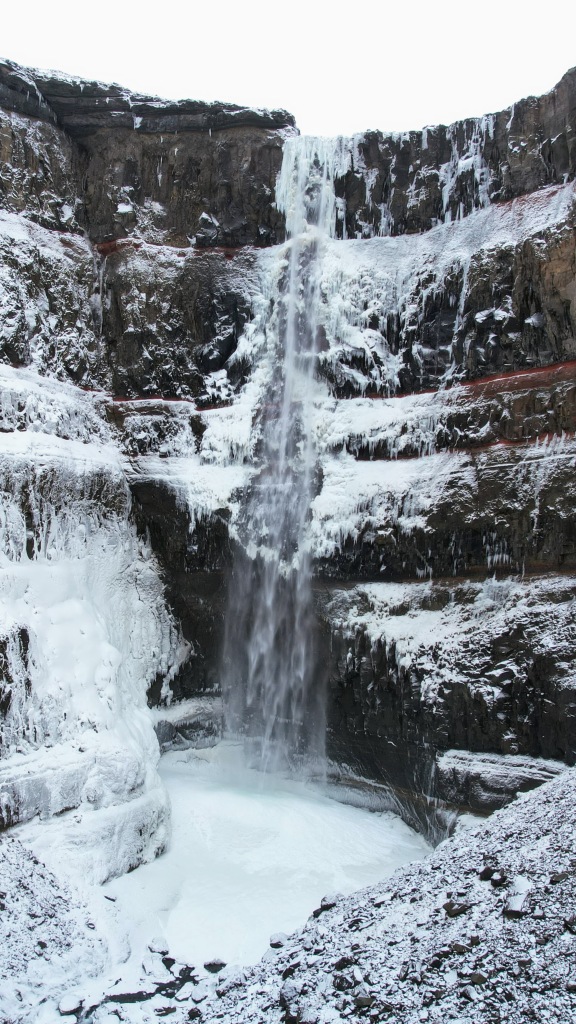
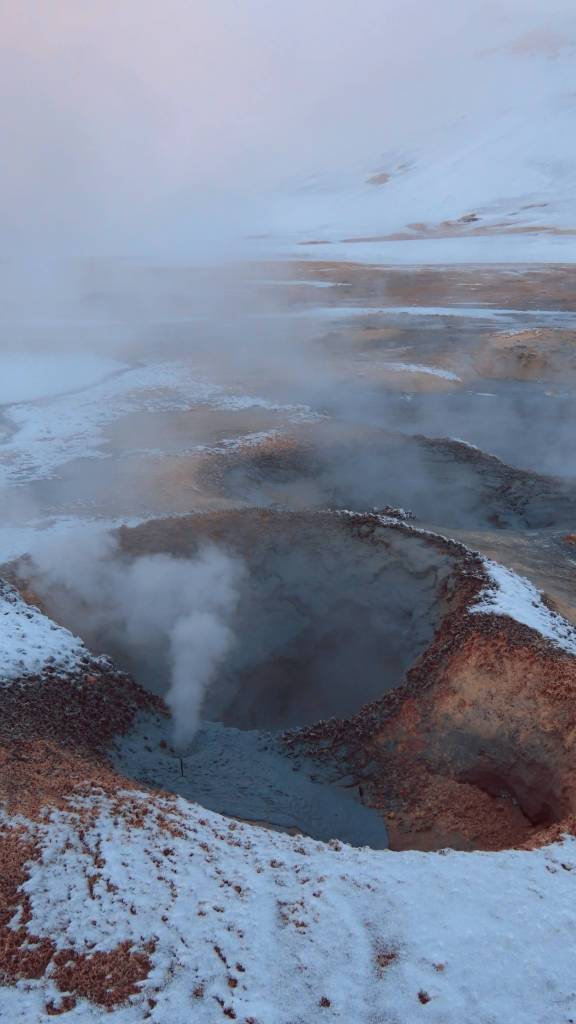
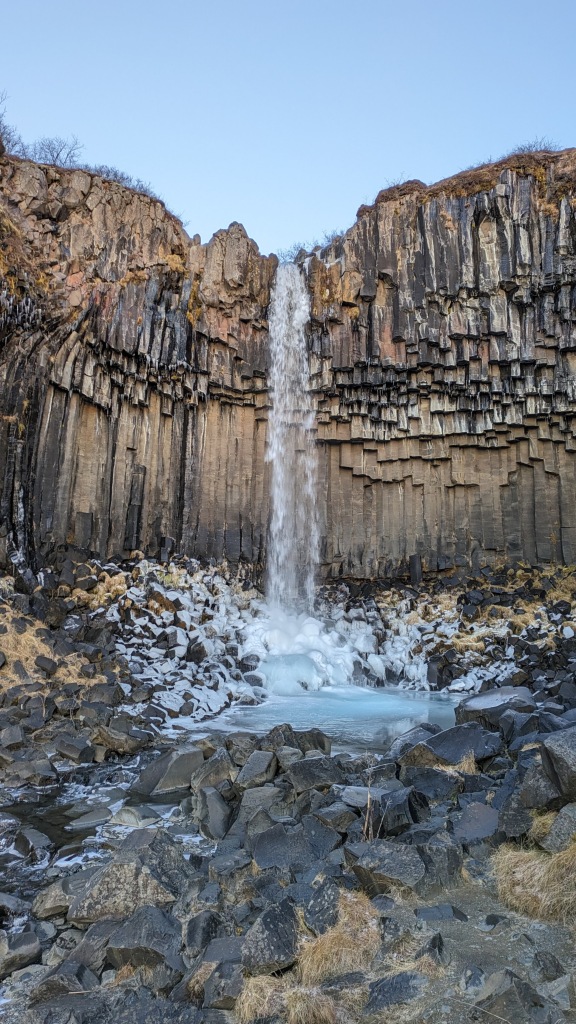
The Ideal Way to Get Around in Iceland
The choice of whether or not to rent a car in Iceland, and how to get around if you’re not renting one, largely comes down to what you want to see and when you’re visiting. While most people who drive the Ring Road will want to rent a car to see it at their own pace, you can also join a guided tour. Generally, if you want to go at your own pace, rent a car.
There are plenty of tour operators in Iceland, which offer day excursions from Reykjavik as well as multi-day tours. Some of the most popular ones (which we’ve used over the years) are Tröll Expeditions and Reykjavik Excursions (which also offers an airport bus). These range from standard Golden Circle day tours, which ferry you from Thingvellir to Geysir to Gullfoss, up to eight-day small-group Ring Road tours. If you want a more adventurous guided excursion, look at the Highland backpacking and super jeep tours from Arctic Adventures or Midgard Adventure.
If you’re coming from the US, be sure to specify that you want an automatic when booking if you are not comfortable with a stick shift. This is good to do during the low-season when a last-minute upgrade can still be arranged, but it’s essential during the high-season when cars will be in short supply. There are many different car rental companies to choose from. You can select between international operators like Europcar or Hertz, as well as local operators like Geysir and Lotus. There are also companies devoted to renting campervans and burly 4x4s for Highland excursions.
When it comes to choosing which car to rent, you likely won’t need a kitted-out 4×4 unless you specifically are going deep into the highlands. On the Ring Road during summer, most people will find a standard sedan to be sufficient. Electric vehicles are also an option, especially if your trip won’t be covering long distances – electricity is affordable in Iceland and there’s good charging infrastructure (check out this helpful post for more details about driving the Ring Road with an EV). During winter, it’s helpful to have a car with four-wheel drive for extra traction should you encounter particularly snowy or icy conditions. All cars rented during winter come fitted with studded tires, which provide you with extra traction and faster breaking on snowy and slippery roads.
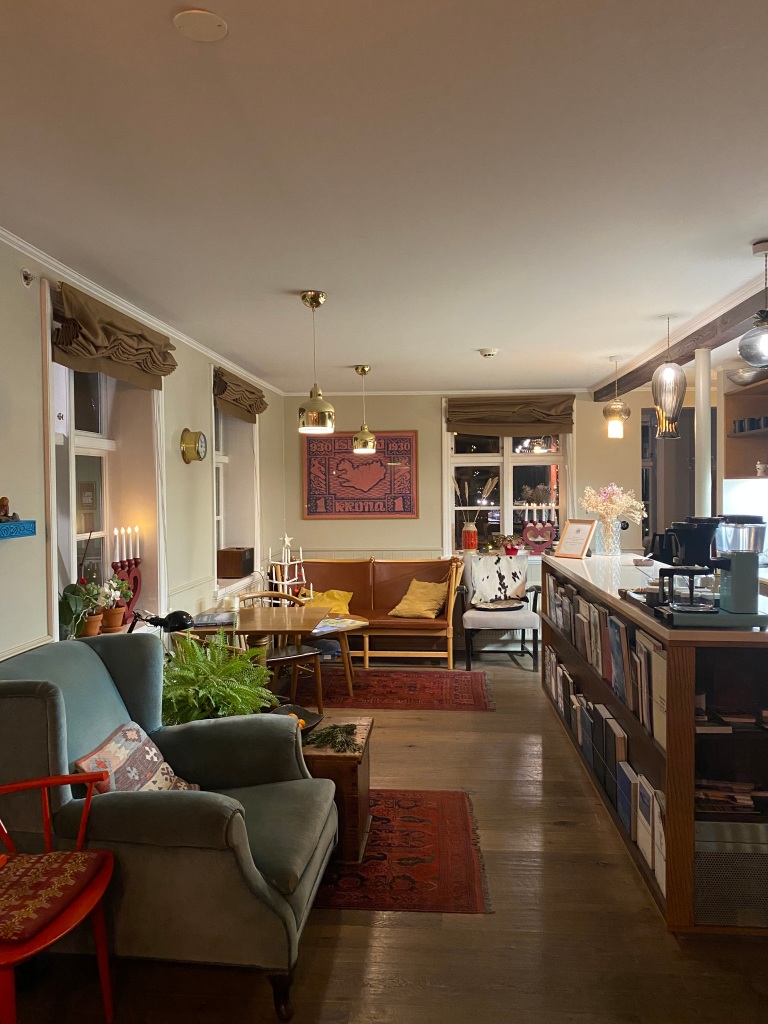

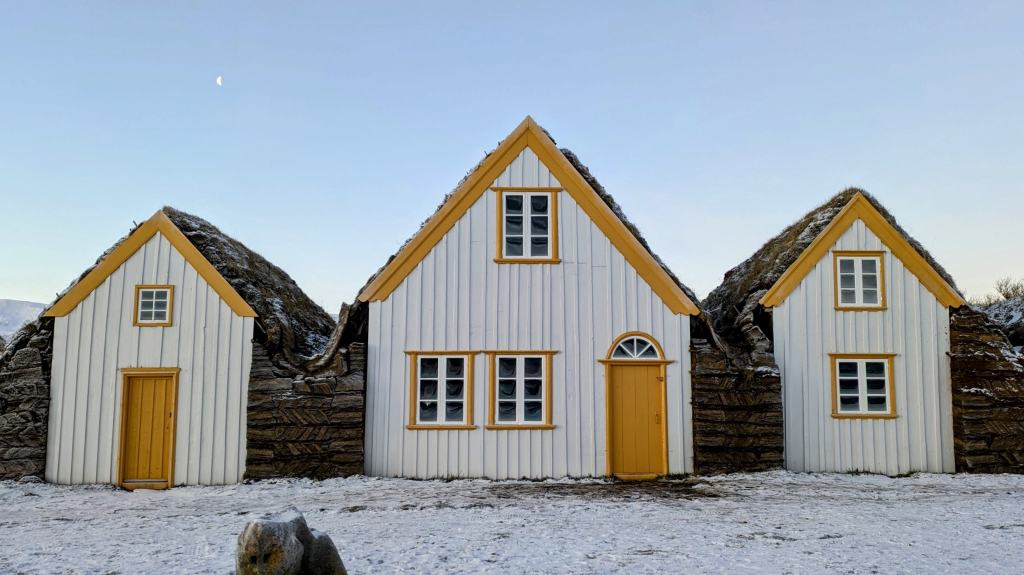
Where to Stay During Your Trip to Iceland
Some guides suggest basing yourself out of Reykjavik. We emphatically do not recommend that. The city is nice, but it’s a city and has an entirely different atmosphere from the rest of the country. Once you leave the region’s familiar sprawl, you’ll encounter miles and miles of pristine nature, fewer inhabitants and landscapes that appear utterly alien. We’ll detail the various regions below, but know that you’ll want to spend a roughly equal amount of time in the different parts of the country.
When it comes to planning accommodation, we recommend opting for two-night stays, where possible. Not only is it more comfortable to not be changing accommodation every night, it also ensures you have plenty of time to see each corner of Iceland and don’t bypass amazing attractions because you’re ‘driving the Ring Road’.
The choice between hotels, hostels and Airbnbs depends on when you’re traveling. If you’re traveling during the low season, you’ll be able to get some quite significant deals on hotels, which makes staying at some of Iceland’s more luxurious accommodations a reasonable pursuit. If you’re traveling during the high season, Airbnbs will likely be the more cost-effective choice. Iceland has plenty of Airbnbs to choose from throughout the country, whether you’re looking for a self-contained, self-service unit in Egilsstaðir or share a room in the Westfjords. In our experience, hosts tended to be eager to chat and answer any questions you might have about the region.

What Should I See? Overview of Iceland’s Regions
Despite Iceland’s small size – 39,769 sq mi, the size of the US state of Virginia or of Portugal – each section of the country has a unique atmosphere. Starting from the southwest, where you’ll likely arrive at Keflavik Airport, and going clockwise here’s an overview of the different regions and some of their stand-out attractions.
Southwest – Reykjanes Peninsula
For most, the Reykjanes Peninsula is the first place they see in Iceland after arriving at Keflavik Airport. Its most popular attraction is undoubtedly the iconic Blue Lagoon hot spring. The area is a hotbed for volcanic activity, as evinced by the December 2023 volcanic eruption at Grindavik. At Hafnir, you can stand on ‘the bridge between continents’, which spans the Eurasian and American tectonic plates. If you won’t be heading further north to Lake Mývatn, consider stopping to see the bubbling mud pits at Seltún.
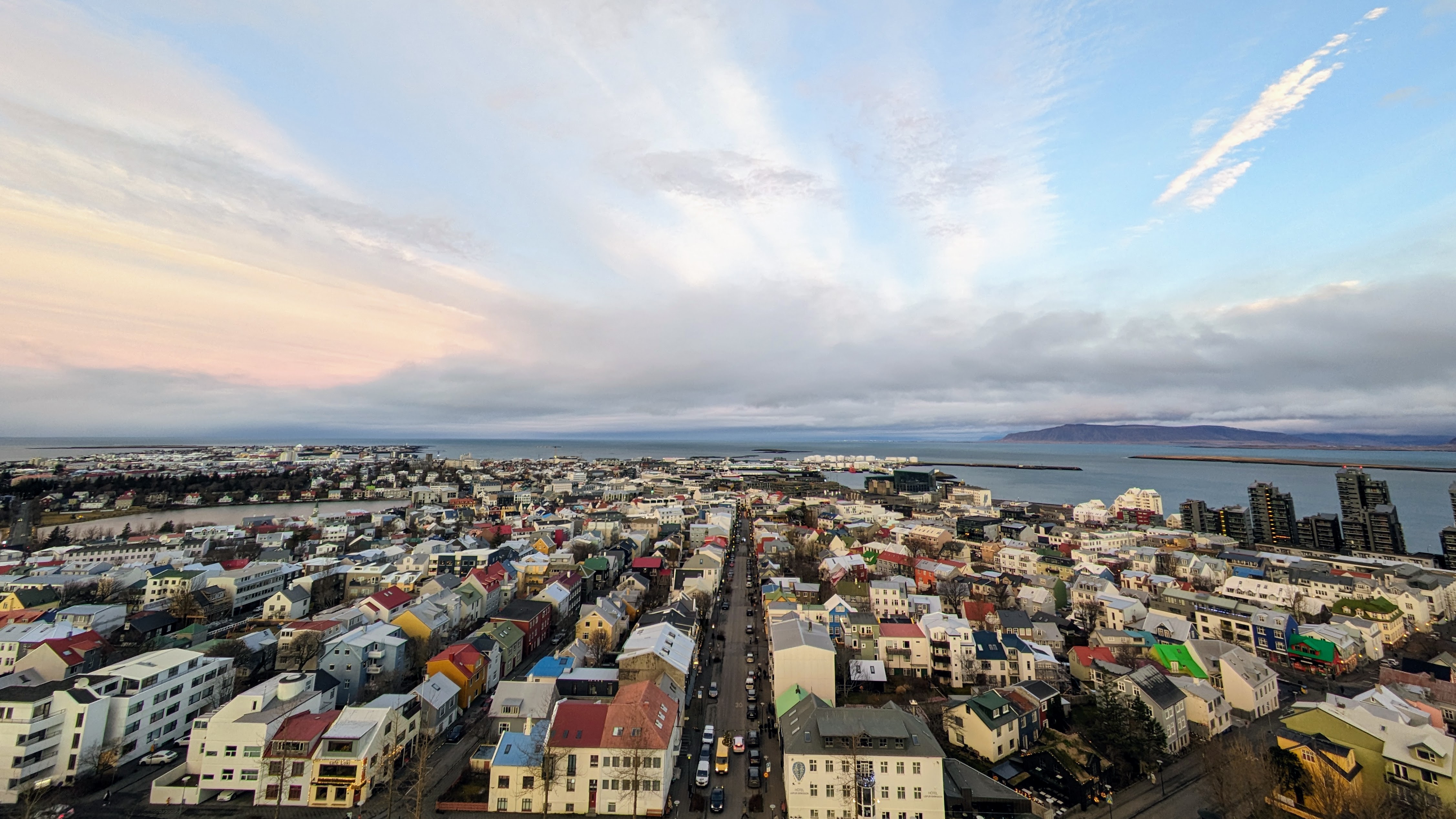
Reykjavik
With over 120,000 residents, Reykjavik and its suburbs are Iceland’s most populated area. Although it doesn’t occupy a huge amount of space, the density of housing and quantity of people can make it feel larger than it is, especially compared to the rest of the country. Reykjavik may not encapsulate all the many natural attractions you came to Iceland to see, but as it is Iceland’s cultural, economic and political center, it’s an essential (and largely unavoidable) stop on any trip. Key attractions include the modern church Hallgrímskirkja, the informational National Museum and the bustling Laugavegur – we recommend visiting for a bar hop on the weekend, when the locals come out to party.
South – Thingvellir to Vik
Drive just thirty minutes out of Reykjavik and you’ll find yourself in another, altogether more natural world. Southern Iceland is packed with things to see, among them the trinity of attractions that make up the popular Golden Circle circuit – the historic Thingvellir National Park (the home of Iceland’s first parliament, which dates back to the ninth century), the spurting hot springs of Geysir and the thunderous Gullfoss waterfall. While you shouldn’t miss these stops, there’s plenty more to see in this part of the country. Venture further to the east and you’ll find more waterfalls – among them Skógafoss and Seljalandsfoss, the latter of which you can walk behind. You’ll also be able to visit the spectacular Reynisfjara, black sand beach. And if you’re there on a clear day, you may even catch a glimpse of Hekla or Eyjafjallajökull, the famous volcano that tied up European air travel when it erupted in 2010.
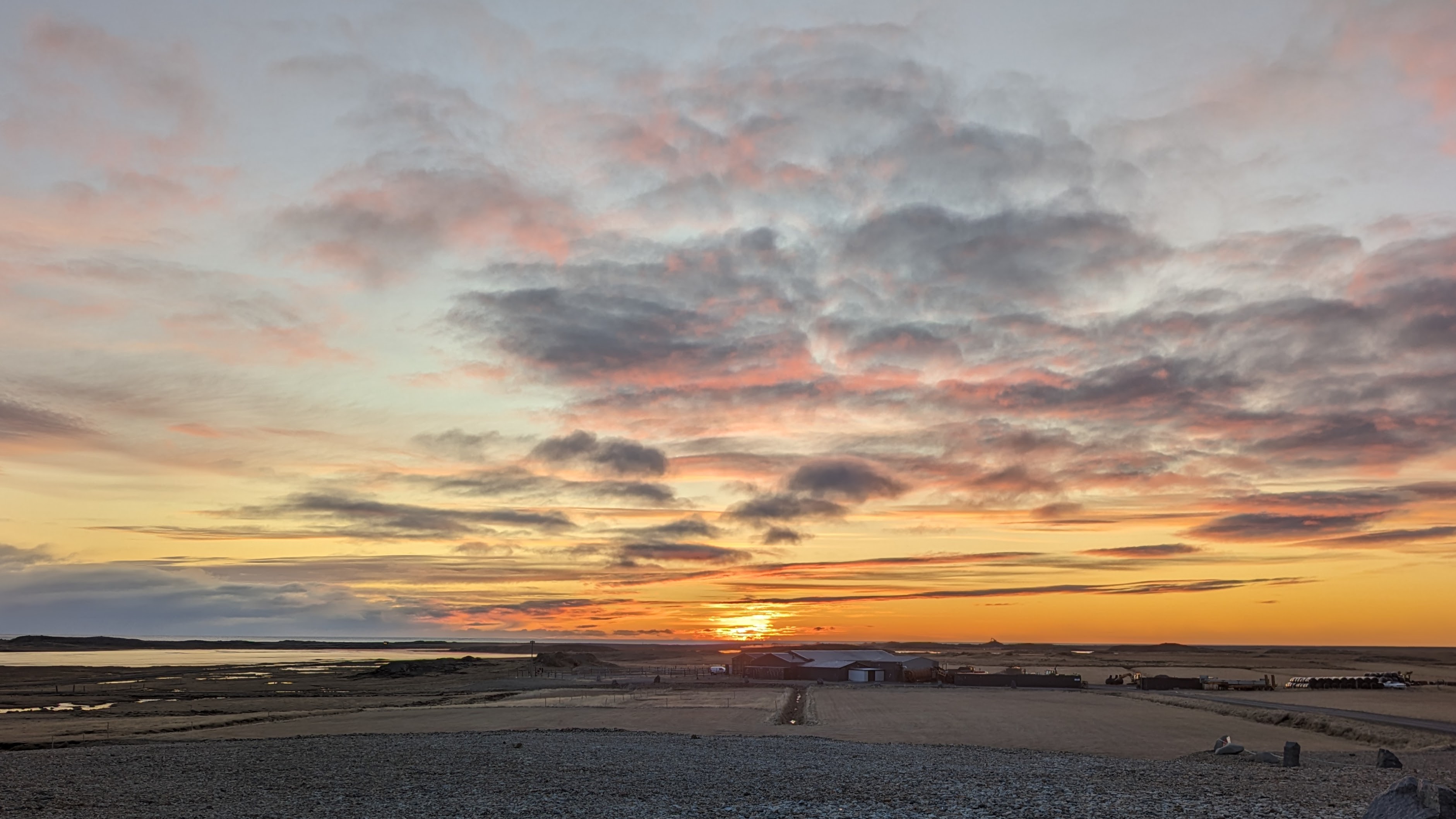
Southeast – Vík to Höfn
The distance between attractions increases as you leave Vík and approach Vatnajökull National Park. The massive glacier (the largest in Europe and third largest in the world) dominates the region, as does its individually named offshoots or finger glaciers. Most travelers will want to head to Skaftafell, the entrance point to the foothills of Vatnajökull. While you can pay to join a guided glacier hike, for much less money you can hikes to viewpoints of the Skaftafell glacier from within the Nature Preserve. Here, you can also see Svartifoss waterfall with its basalt columns. Travel further east for fantastic canyon hikes (like Múlagljúfur Canyon) and the glittering glacial lagoons of Jökulsárlón and Fjallsárlón.
East – Höfn to Egilsstaðir
This eastern stretch of Iceland is famous for its fjords, which the Ring Road faithfully traces around. While tourists may head to this area to see Vestrahorn, or arrive via the more northerly port at Seyðisfjörður, most people will see this section of the country as a large region to drive through. But, this part of the country contains some of the least visited attractions such as Hengifoss, Stuðlagil Canyon, and the controversial Kárahnjúkavirkjun dam. If you’re keen on hiking deeper into Vatnajökull, then this is a good region to base yourself in for more explorations.
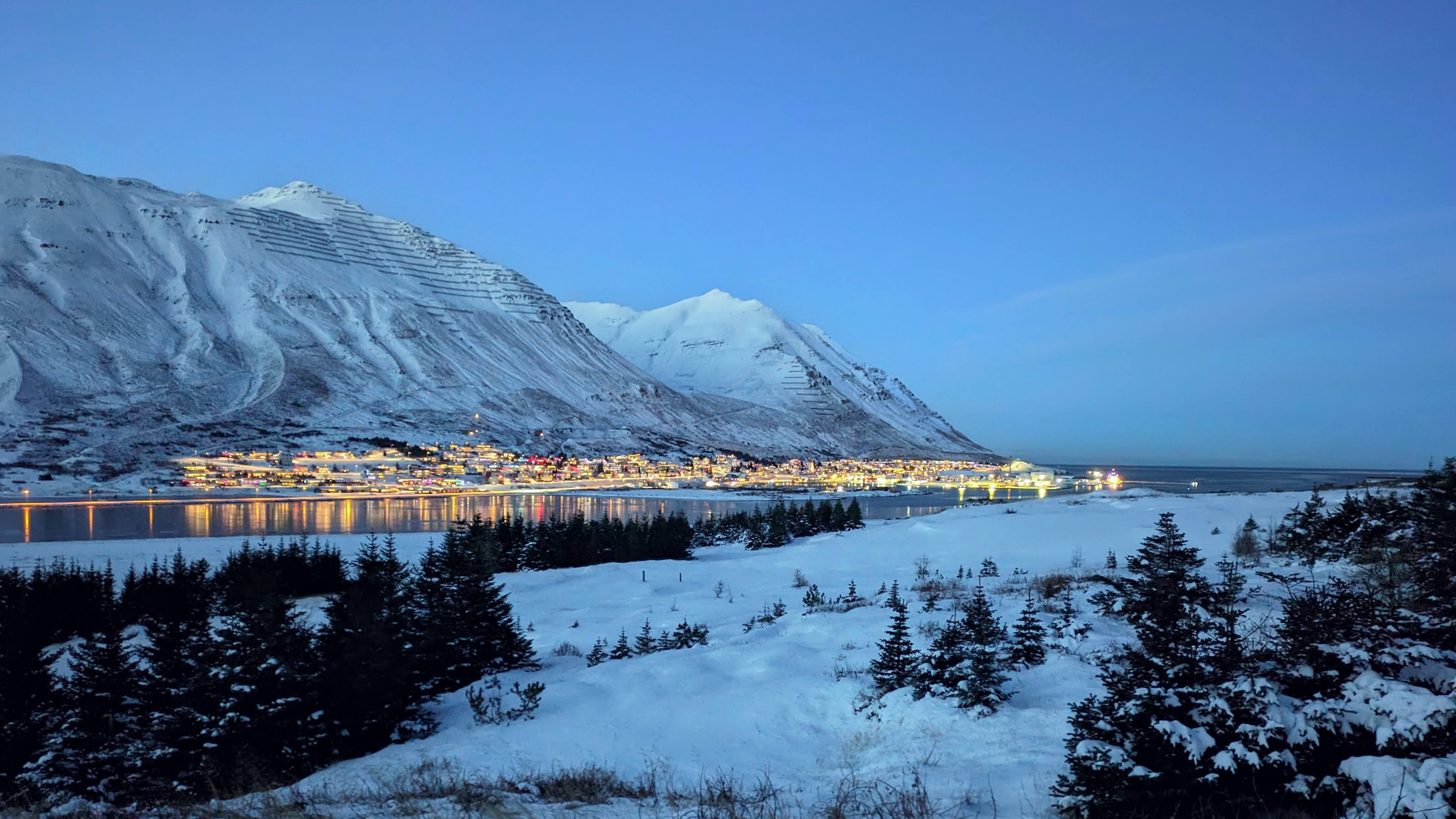
Northeast – Egilsstaðir to Akureyri
For most Ring Road travelers, the drive between Egilsstaðir and Akureyri is a long shot, punctuated by hikes at Dettifoss, Goðafoss, a detour to Lake Mývatn and perhaps an overnight stay in Húsavík, Iceland’s unofficial whale tour capital. These should all be considered essential stops. Not only do they provide a much-needed break to stretch your legs, they’re also extremely captivating spots in their own right. By this point in your Ring Road journey, the crowds you encountered in the south should have thinned considerably. But if you’re looking for an even less touristed destination, heading further north into the East Fjords will take you further off the beaten track.
Northwest – Akureyri to Borðeyri
As the largest city in northern Iceland – and one of the only large cities outside of the Reykjavik sprawl – Akureyri is an essential stop over during your trip. Its 19,000 residents enjoy a gorgeous view over a fjord, as well as a good selection of restaurants, museums and natural attractions. Akureyri is also an excellent jumping off point for exploring more of the north. In the summer, this might mean driving part of the Arctic Coast Way, while in winter a trip to Siglufjörður, the former herring capital of Iceland, should be considered obligatory. As you head west, you’ll also enter the unofficial horse capital of Iceland. If you want to take a horseback ride during your trip, now is the perfect time to plan one.
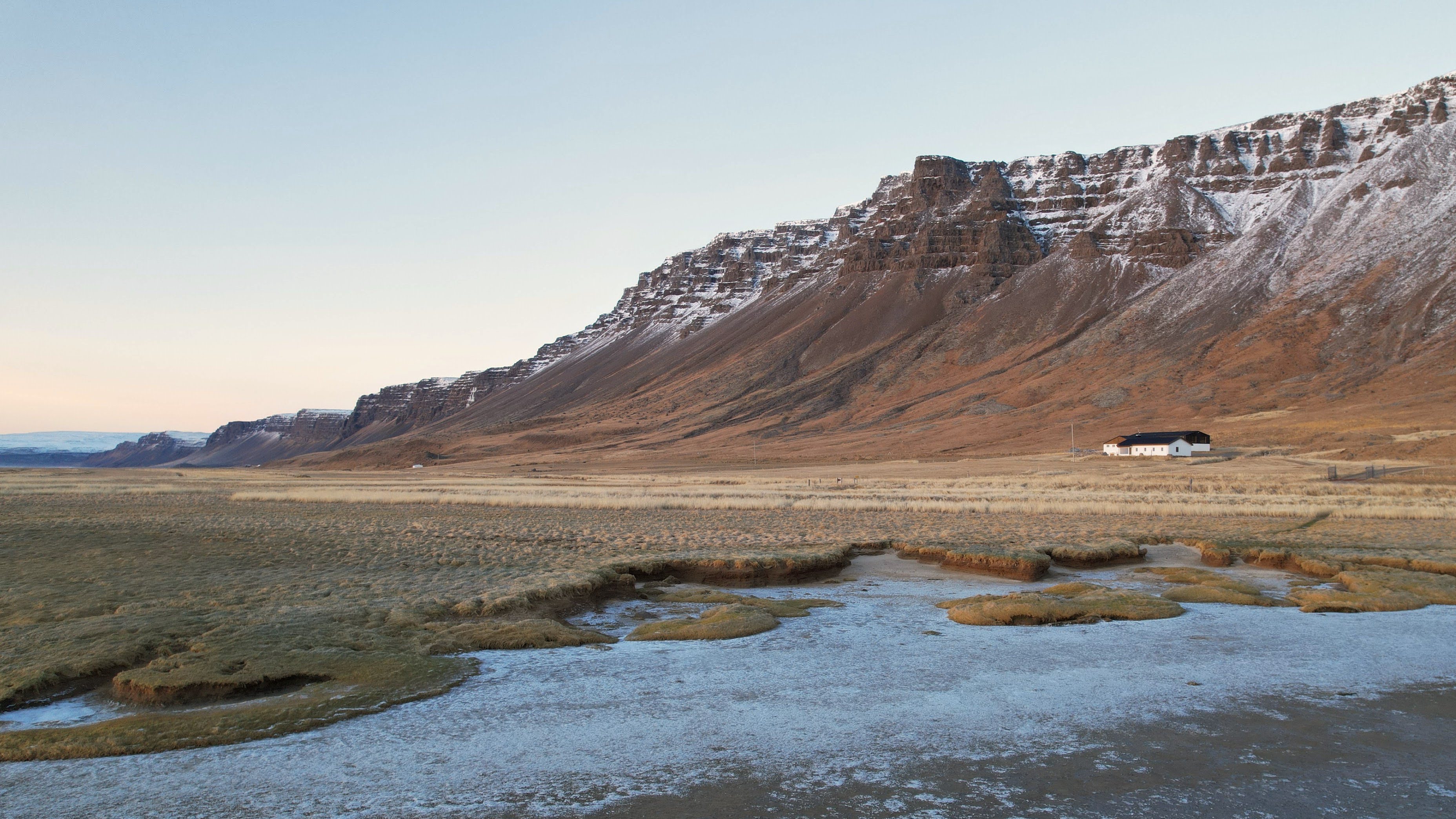
Westfjords
The Westfjords stick off of Iceland’s western coast like a hand reaching to the northwest. Early travelers thought the region looked like a dragon’s head. It’s off the Ring Road, and as such has remained one of the least visited areas in Iceland. If you have the extra time, it’s a worthy stop to add to your itinerary, especially in summer when the area is visited by plenty of sea birds (head to the Latrabjarg cliffs). During winter, the roads can get icy and the interior will be less accessible, but it’s still a lovely drive around the more accessible southern fjords. Be aware that distances that appear close on the map can take a long time to drive between – many of the roads are gravel. If you truly want to explore the region beyond a couple key sites, spend at least two full days in the area or plan a separate trip to the area.
Snaefellsnes Peninsula
The Snaefellsnes Peninsula lies sandwiched between the Westfjords and the Reykjanes Peninsula, with Snæfellsjökull National Park at its tip. Given its relative proximity to Reykjavik, the area has become popular with tourists and can get quite crowded in both summer and winter. During summer, you can spend days hiking in the park and visiting the different natural attractions. During winter, snow and wind means that there’s less to explore, but it’s still a worthy spot for seeing attractions like the sea stacks at Gatklettur, the black beach of Djúpalónssandur and the iconic Kirkjufell mountain.
Extra Tips for Traveling in Winter
There’s no shortage of information online, and in guidebooks, telling you about the extreme dangers associated with traveling around Iceland during winter. All the points made are very fair – the wind can be extremely strong, the roads can be very icy, the weather can change suddenly, and depending on when you visit the days can be very short. But we believe that the tone in which this information is conveyed tends to do travelers who chose to visit Iceland in winter a disservice. It is possible to drive the ring road in winter, whether or not you choose to do so should be based on how comfortable you feel driving in winter conditions (snow, ice) and at night. Be prepared and be level-headed when assessing your own ability, including how you’ll deal with less-than-ideal conditions. Internet fearmongers might not want to admit this, but plenty of people visit Iceland and drive around in the winter without dying, and even have a great time doing so.
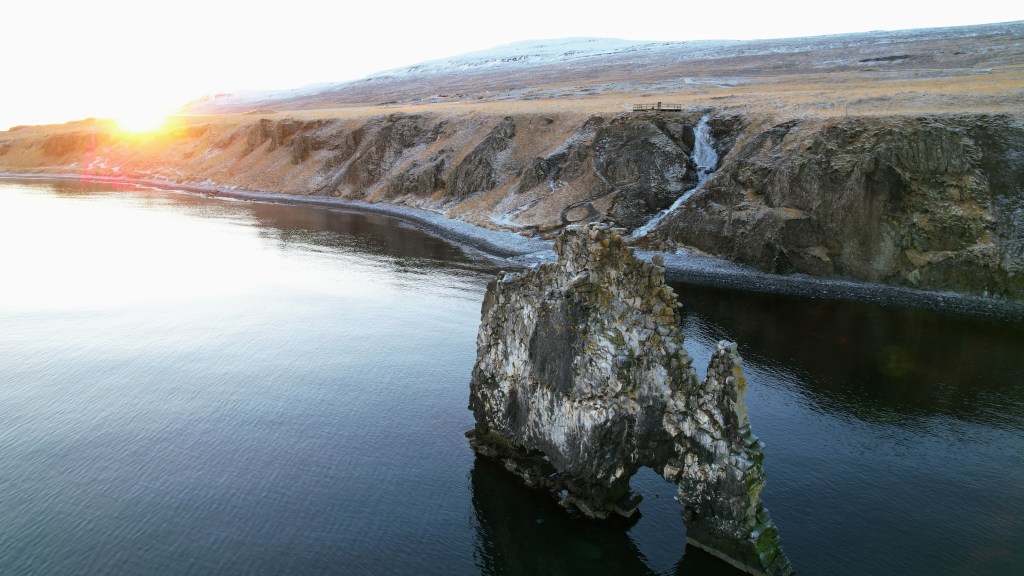
Still, there are some extra tips you’ll want to keep in mind for traveling in winter, which range from the mundane to the surprisingly useful.
- Download the Safe Travel app. This app provides up-to-date information on the road conditions of all roads in Iceland. You’ll be able to see which roads are icy, if they have snow and how much, the average wind speed and the gust speed, and whether or not there is winter service. You might even see alerts about reindeer spotted in the road.
- Bring (or buy) an ice scraper for your car. If you’re driving to snowy locations in the winter, you’ll need an ice scraper, which car rentals may not include. Check if you get one in the car, if not ask at the rental counter, and otherwise do yourself a favor and head to a gas station to purchase one if you’ll be driving in snow.
- Pack microspikes. Iceland has plenty of waterfalls, and when the air turns chilly the spray that accumulates from them will quickly turn the ground icy. Keep a pair of microspikes in your backpack when hiking so you can confidently walk across any icy patches you encounter. We purchased the Yaktrax Traverse, which provided excellent grip and were easy to put on.
- Consider dawn and dusk when planning your days. In winter, the sun can take upwards of an hour to fully rise and set. During this period, you’ll usually have enough light to see your surroundings, so don’t consider it a time when you’ll need to stay indoors. This is a great time of day for driving, especially if you have a long distance to cover.
- Don’t forget sunglasses. There may not be a lot of light during Iceland’s winter, but when there is, it hits low and sharp. Sunglasses are a must have to blunt the sun’s brightness, especially if you find yourself driving south straight towards the sun.
Get an aurora app for your phone. If you’re visiting Iceland during winter, it’s probably safe to say that you’d like to see the Northern Lights. While it’s not a guarantee, watching the conditions and forecast via an aurora app can greatly increase your chances, especially if you’re not planning on joining a tour (which we don’t recommend if you’re planning to leave Reykjavik and drive the Ring Road). We used My Aurora Forecast (available for both iPhone and Android) and found it helpful.
Even if your app doesn’t have a favorable forecast for a given day, that doesn’t mean you won’t see the aurora if the sky is clear. Head out to an area with minimal light pollution, close to midnight and wait. We also found these instructions useful for guiding our own northern lights hunt: Remember, the northern lights are always there, they’re just visible at varying intensities depending on the atmospheric conditions. You may be more likely to see a green arch in the sky, rather than the super-intense, super vibrant displays shown in most photos.
